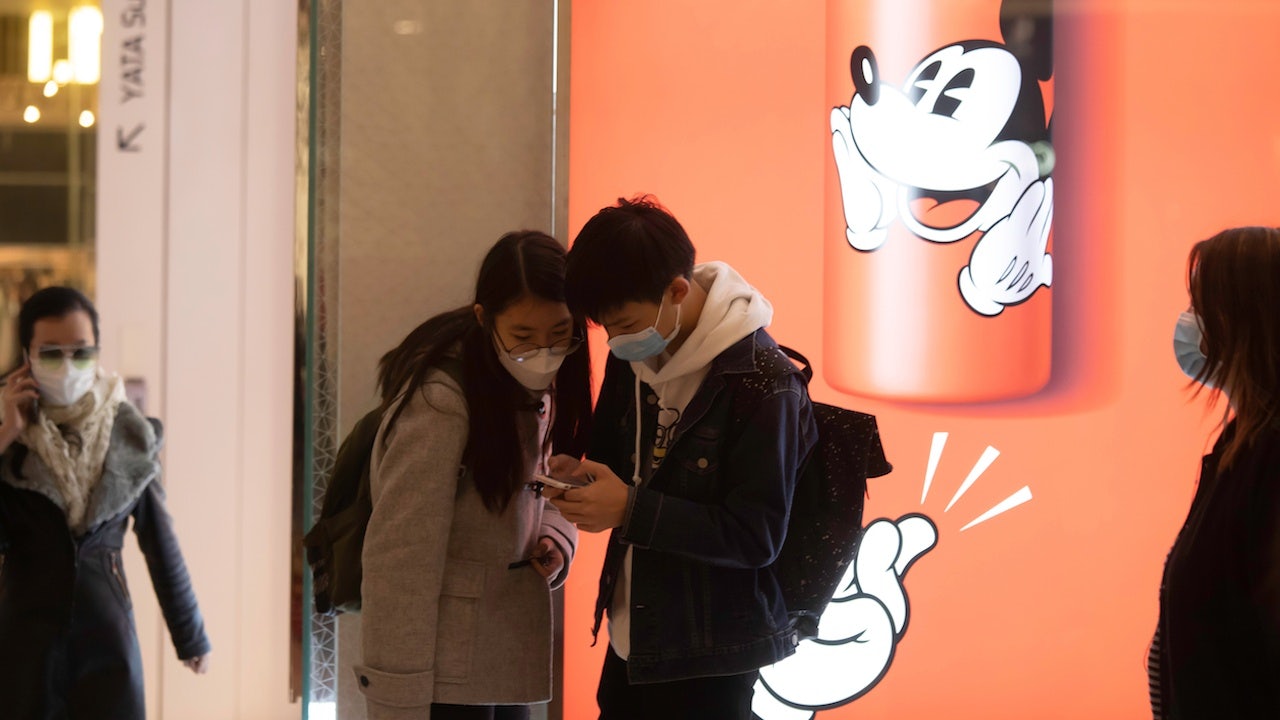With spring coming earlier than usual, China is hoping for a full recovery from the coronavirus and a return to normalcy. According to local health commissions, four provinces had lowered their emergency response levels as early as February 22: Yunnan, Guangdong, Shanxi, and Guizhou. Decisions about the four emergency response levels rest with the government. Level I, for instance, requires supervision from the state council and immediate action (control softens as the levels descend.)
National statistics show that new infection cases have plateaued, and local trends show a similar story, including infection case numbers in the province of Hubei, where the outbreak began in China.
Businesses are also gradually beginning to open again. On February 27, the CEO of Starbucks, Kevin Johnson, said more than 90 percent of its stores in China is now open for business. The coffee conglomerate has over 4,200 stores in China, half of which were closed during January because of the virus. Even though most industries haven't returned to normal, these reopenings are a key indicator of growing economic health and recovery speed.
By combining the latest retail rankings (published by Chinese media Linkshop and Commercial Real Estate & Retail) with infection cases and current emergency response levels, Jing Daily has estimated which cities should recover faster than others:
Shanghai#
The metropolitan city ranks relatively low in infection cases yet remains a top retail city. Even though the risk of infection from returning to work still needs to be monitored, work morale and general consumption are returning. On March 9, Shanghai Disney resort announced a partial reopening after having been closed since January 25. The Shanghai government also announced that restaurants fulfilling safety measures may again welcome dine-in customers. By March 9, Shanghai had a total of 342 confirmed virus cases — 315 of which had healed — with 3 deaths.
Shenzhen#
As a part of Guangdong province, Shenzhen is one of China’s key manufacturing and export zones. And despite its relatively high infection rate, the city is recovering faster than most. More than 82 percent of Shenzhen’s factories are now up and running, and according to research from McKinsey, “factories (in Guangdong) have provided guidelines for how companies can return to work — a regime of stringent processes, checking the travel and exposure histories of employees, and ensuring a safe environment… many commenced work during the week of February 10 but slowly and staggered.” By March 9, Guangdong province had a total of 1,352 confirmed virus cases — 1,260 of which had healed — with 8 deaths.
Chengdu#
On February 26, Sichuan province lowered its emergency response level because of a reduced rate of infection. Media outlets posted pictures of subway cars full of people, and outdoor sports fields were reopening. Thus far, 26 international and local flights to and from Chengdu were operating again, albeit with more passenger checks to help curb the spread of international infections. Top luxury malls like Chengdu IFS and Sino-Ocean Taikoo Li Chengdu have yet to extend their operating hours, but they have posted their latest spring offerings online, encouraging customers to place new orders. By March 4, Chengdu confirmed 144 cases — 97 of which had healed — with 3 deaths.
To quickly recoup economic losses and kickstart growth, China must boost both consumption and work production. On February 23, with strong virus-control measures in place, President Xi strongly urged work to resume across the country.
In an interview with the state paper China Daily, a research analyst for the Economic Intelligence Unit in Beijing predicts that the government will have the virus fully under control by the end of March. Reports are optimistic about China’s economic recovery, but concerns over the volatile global economy remain.
